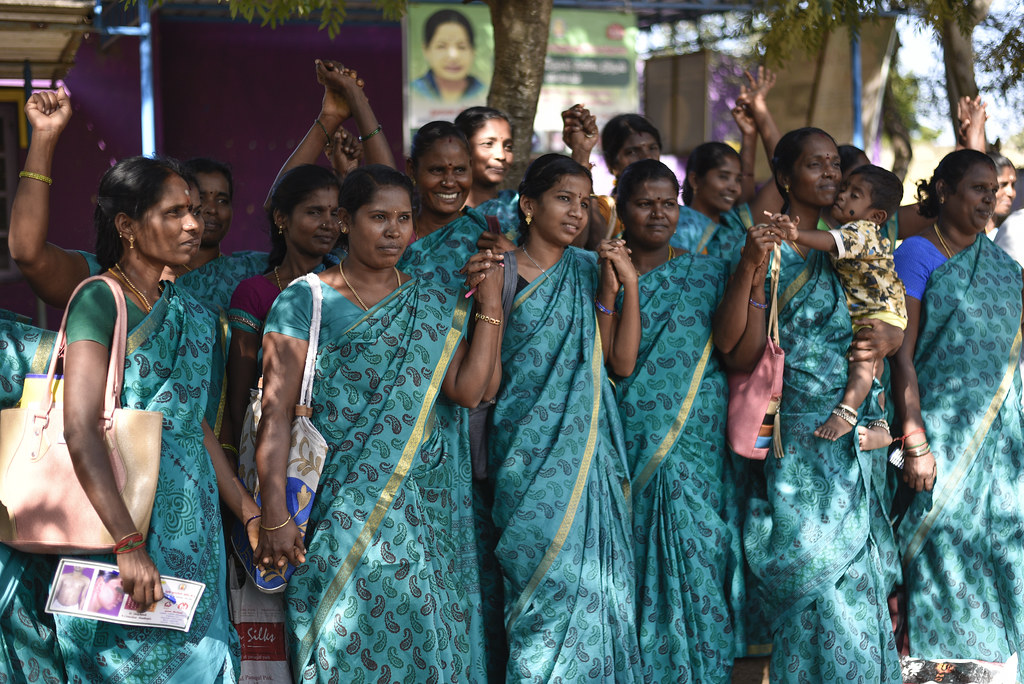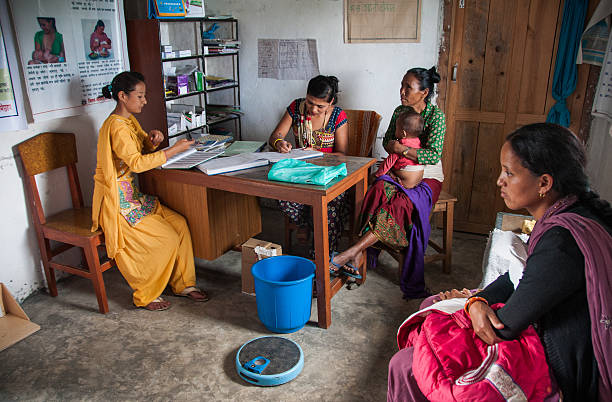Rural India contributes to the majority of the overall Indian population. Around 60% of India’s population resides in rural areas. Nevertheless, rural India continues to remain underdeveloped as opposed to the urban region of the country. The central government, state governments, as well as the panchayats of India are always in the attempt to better life of people residing in rural India by formulating and executing various policies. Some fail and some do exceptionally well.
The central government’s decision to set up the ASHA community and Anganwadis have bettered the lives of India’s rural population. In spite of doing a commendable job, the recognition and the pay the workers of these communities receive is disappointing. While NGOs have strived to uplift the rural poor, the ASHA and Anganwadi communities have proved to be a game-changer for rural India. This said, staying uninformed about their work and achievements won’t do us, Indian citizens, any good.
Anganwadis are one of the oldest centres operating under what’s recognised as the world’s biggest mother and child nutrition and care programme, the Integrated Child Development Services (ICDS), launched by the Indian government on 2nd October 1975. Anganwadis or “courtyard shelter” fall under the ICDS and mainly aims to combat hunger and malnutrition among rural children. 47 years later, India has about 1.4 million Anganwadis in 7,000 blocks and around 2.8 million frontline personnel (as per 2019 data).

The responsibilities of Anganwadi workers fall beyond just providing meals to rural children. They also undertake other duties which are equally important. They ensure primary healthcare and primary education of children. Educating rural women about family planning, sexual hygiene, child and mother nutrition, pregnancy, etc is also undertaken by the Anganwadi workers. By educating the women and children of rural areas, they ensure the upliftment of the entire community. Anganwadi workers are usually the residents of that same community they work for and hence have a sound understanding of the local issue and people’s mentality. This helps them approach problems with workable solutions.
Working on similar lines are ASHA workers. Under the National Rural Health Mission (NRHM) of the central government, Accredited Social Health Activist (ASHA) community was established in 2005. Its core strategy was to improve access to primary healthcare to rural households. ASHA workers are female workers working for the betterment of the rural and poor of the country. They too belong to the community they choose to work for. Those women aged between 25 to 45 years having formal education till atleast 10th grade are selected to be a part of the ASHA community. Like the Anganwadi workers, the ASHA workers too, make sure that the underprivileged get proper access to healthcare services. They educate their community members about the importance of family planning, basic hygiene and sanitisation, quality lifestyle, etc, to the poor of rural as well as urban India.
These two bodies played a key role, especially during the pandemic in the capacity of frontline COVID warriors. As opposed to the limited hours of work they are supposed to dedicate to their social service, the Anganwadi and ASHA workers were working for as long as 18 hours during the pandemic. Going door-to-door with poor quality protection kits, these workers were monitoring body temperatures, Oxygen levels, medications of the ill, spreading awareness about COVID- 19 vaccines, distribute dry rations and cooked food, etc.
Despite this, these workers are paid way too less by the government. Around 70,000 ASHA workers had also gone on strike recently demanding for higher and fair pay from the government which is currently paying them only 5,000 Rs per month, that too inconsistently.
Had it not been for these selfless workers, the plight of India’s rural and poor would have been truly disheartening. They are the backbone of rural communities of India and must thus be recognised and paid what they deserve.






























